Topics:
Never Miss a Beat - Get Updates Direct to Your Inbox
FILTER:
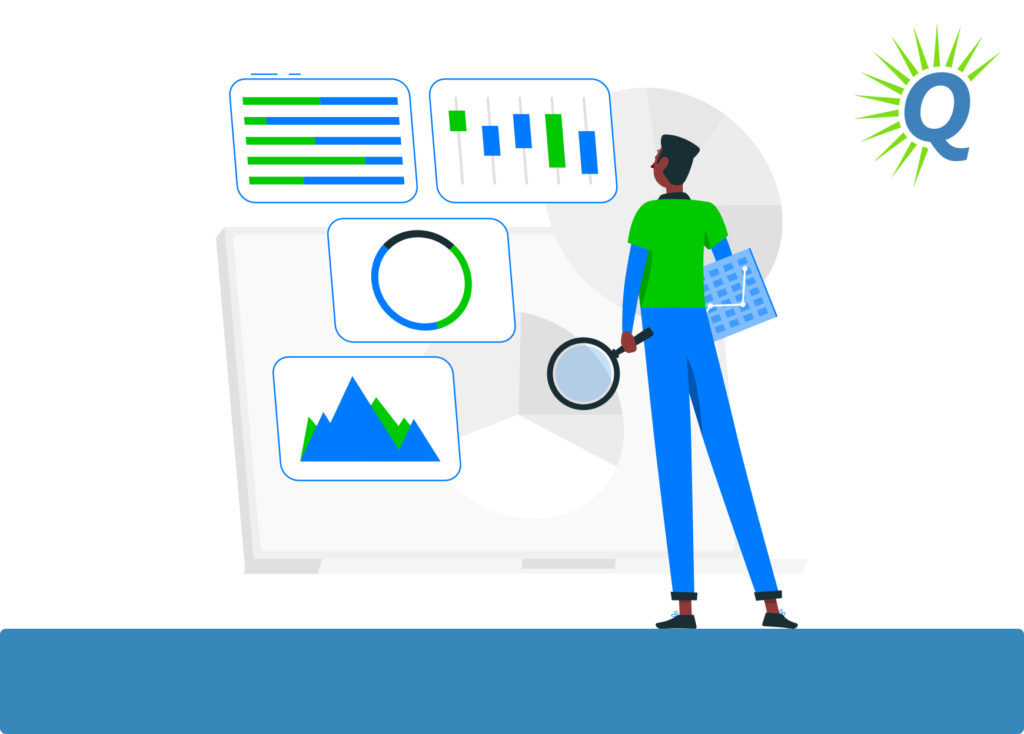

10 Crucial Ecommerce Metrics to Track in Your Online Business
By Quiet Light
As an online business owner, Ecommerce metrics play an essential role in optimizing and scaling. Whether you’re seeking to minimize costs or accelerate growth, your KPIs can provide invaluable insights to help you succeed.
In this article, we discuss ten important Ecommerce metrics that every owner should be paying attention to. We also share actionable advice to help you use these metrics to make informed business decisions and maximize your success.


The Importance of Ecommerce Metrics
The importance of Ecommerce metrics cannot be overstated. When used wisely, they can dramatically improve your prospects for success while minimizing confusion.
A few key reasons why it’s important to track your Ecommerce metrics include:
- Understanding your business on a deeper level
- Maximizing your business’s strengths
- Turning weaknesses into opportunities
- Forecasting
- Increasing the value of your business
Gaining a Deeper Understanding of Your Business
Without watching your KPIs, it’s impossible to know what’s really happening within your business.
By looking at your Ecommerce metrics, you’re able to gain an entirely new perspective about the state of your business. Instead of relying solely on intuition or vague data to make decisions, you’re suddenly armed with clear and objective information gathered in a systematic way.
“Without watching your KPIs, it’s impossible to know what’s really happening within your business.”
Looking at your business’s KPIs is akin to getting in an airplane and gaining a 30,000-foot view of your Ecommerce business. With the added visibility, you’re able to see new horizons and lead your business forward with clarity and confidence.
Maximizing Your Business’s Strengths
When you track your KPIs, it’s easier to identify and maximize your business’s strengths.
For example, let’s say you’re driving traffic from several different sources. If you’re able to determine how many pageviews and sales you’re generating from each traffic source, it’s easier to know where you should focus your efforts. If one marketing campaign is outperforming the others, it’s probably smart to invest more energy in that area.
Advertising is another area in which tracking your metrics can make an enormous difference. In fact, without closely monitoring your ads’ performance, it’s nearly impossible to optimize and scale your business.
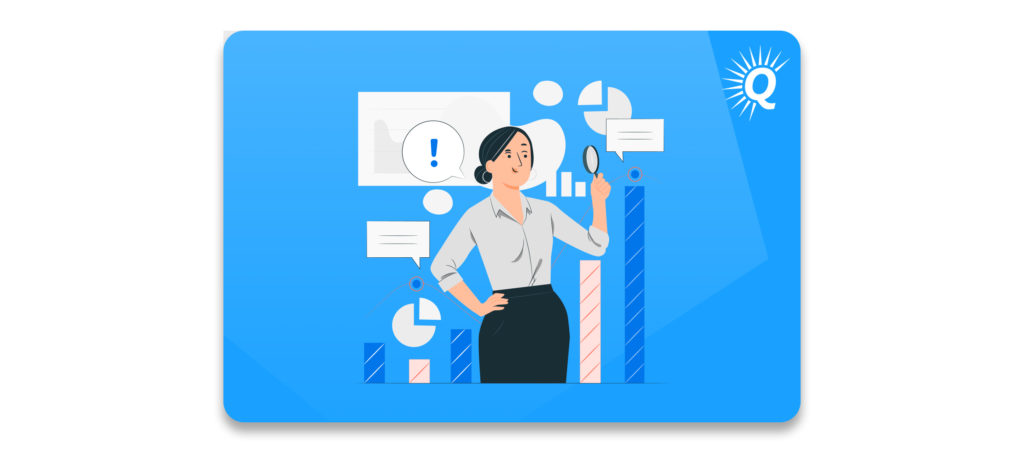

Turning Weaknesses into Opportunities
In addition to maximizing the strengths in your business, your Ecommerce metrics can also help you identify weaknesses.
Let’s say that you’re driving traffic to three different product pages. Without tracking your conversion rate for each page, it’s impossible to know how well each page is performing. However, if you implement a process for tracking each pages’ performance, you’ll be able to identify underperforming product pages in order to improve them.
Although this principle is simple to conceptualize, there are countless business owners who fail to track each of the various KPIs that matter the most. If you’re in that position, you’ll undoubtedly uncover easy optimization opportunities once you implement an effective tracking process.
Thinking of Selling Your Business?
Get a free, individually-tailored valuation and business-readiness assessment. Sell when you're ready. Not a minute before.
Forecasting
When you understand what’s happening in your business, it’s easier to make accurate predictions about what the future holds.
Financial forecasting is an important part of managing and scaling your E-commerce business. In order to grow, you need to constantly invest in higher levels of inventory. However, because you incur inventory expenses before generating revenue, it’s easy to run into cash flow issues if you’re not making accurate forecasts.
Financial forecasts allow you to map out your total revenue and expenses for a given period of time. This enables you to accurately determine how much you can afford to spend on advertising, inventory, and all other expenses in your business.
“When you understand what’s happening in your business, it’s easier to make accurate predictions about what the future holds.”
Increasing the Value of Your Business
When you’re able to use KPIs to identify opportunities and overcome weaknesses, there’s one natural outcome: Your business becomes more valuable.
To a large extent, your business’s value is determined by growth and risk. Since Ecommerce metrics can be an invaluable tool for increasing growth and minimizing risks, they can also help you increase the business’s value in the marketplace.
“When you’re able to use KPIs to identify opportunities and overcome weaknesses, there’s one natural outcome: Your business becomes more valuable.”


Which Ecommerce Metrics Should You Track?
There are numerous KPIs in every Ecommerce business, but which ones should you pay attention to? Below, we’ve listed ten metrics that every Ecommerce business owner should be carefully monitoring:
- Pageviews
- Conversion Rate
- Average Order Value
- Cost per Acquisition
- Bounce Rate
- Shopping Cart Abandonment Rate
- Customer Lifetime Value
- Profit Margin
- Growth Rate
- Inventory Turnover Ratio
Pageviews
Pageviews is a crucial top-of-the-funnel metric that every Ecommerce business owner should be tracking.
By understanding how much traffic you’re getting from various sources, you’re able to determine which acquisition channels are performing well and which ones aren’t. With this information, you’re able to more effectively focus on the strategies that are delivering results.


On a broader level, your pageviews is also an important leading indicator of your business’s overall performance and trends. If your pageviews are steadily increasing, it’s likely that your business is continually expanding its market share. On the other hand, if your pageview metrics are shrinking, it’s probably a sign that you need to refine your strategy.
If you’re not tracking pageviews, you’re left relying on more general metrics such as sales and revenue. Although such metrics are critical, they don’t provide you with the granularity of detail that’s necessary to understand what’s happening in your business.
Buy a Profitable Online Business
Outsmart the startup game and check out our listings. You can request a summary on any business without any further obligation.
Conversion Rate
Your conversion rate is a critical Ecommerce KPI that can largely determine the success of your business.
Your conversion rate is the percentage of customers who purchase a product after landing on your website. Although your target conversion rate will vary based on your industry and pricepoint, most Ecommerce businesses aim to have a conversion rate of at least 1-4%. If you can exceed 5%, you’ll likely be in a great position.
Tracking your Ecommerce conversion rate across marketing platforms allows you to determine which channels are performing the best. Additionally, your conversion rate is a key metric when it comes to optimizing and refining your funnel. When you carefully monitor this KPI, you can determine which ads, images, and sales copy performs the best. Armed with this information, you can replicate your successful media assets and ditch the underperforming ones.
“Your conversion rate is a key metric when it comes to optimizing and refining.”
Average Order Value
Your Average Order Value (AOV) impacts several aspects of your business. For starters, it determines the average revenue you’ll earn from a given number of customers. It’s calculated by dividing your revenue by your total number of orders. The higer your AOV, the higher your revenue will be.
Additionally, AOV is an important metric for determining advertising ROI. With a higher AOV, you can afford to invest more money into customer acquisition efforts. Not only does this allow you to pursue more advertising opportunities, but it also positively impacts your gross margin and customer lifetime value (CLV).
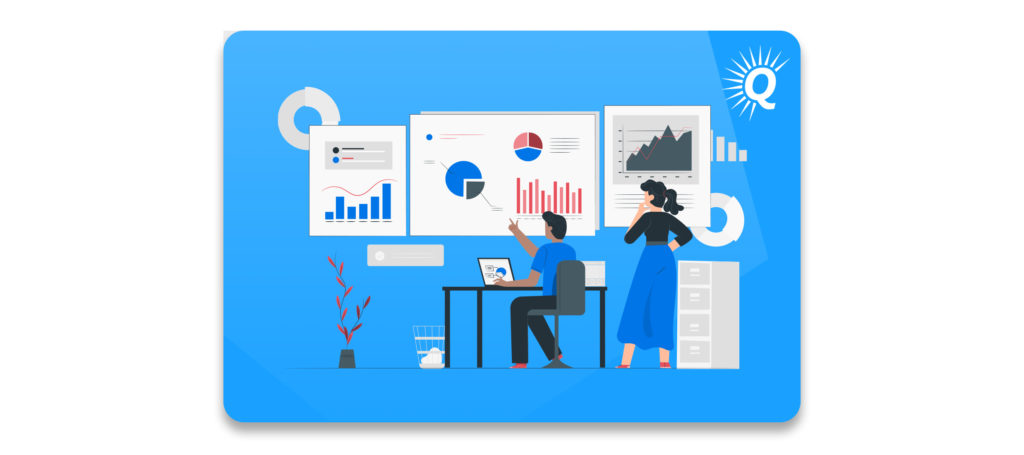

By tracking your AOV, you can optimize by testing different product bundling strategies, upsells, and price points. In many cases, a few small tweaks can dramatically increase AOV and revenue.
Cost Per Acquisition
Your cost per acquisition (a.k.a. customer acquisition cost) is the total cost of acquiring a customer through a specific funnel. For example, if you have to spend $5 on a specific Google ad to attract one customer, then your CPA is $5.
In order to determine which marketing efforts are most effective, as well as optimize, it’s critical that you track your CPA. By tracking your customer acquisition cost and other ecommerce metrics and optimizing accordingly, it becomes easier to scale while enjoying a healthy profit margin.
Bounce Rate
Your bounce rate is the percentage of website visitors who leave your site after viewing only one page. Typically, your bounce rate is viewed as a key indicator of your customers’ engagement.
A high bounce rate indicates that potential customers aren’t finding what they’re looking for when they visit your website. If you have a high bounce rate, there are two general reasons that this could be the case.
First, a high bounce rate could indicate that you’re attracting the wrong audience. If that’s that’s the situation, it’s important to refine your marketing strategy to ensure that you’re getting in front of your ideal customers more effectively.
Second, a high bounce rate could indicate that your messaging needs to be refined. For example, perhaps you need to improve your copy or call to action. In some cases, you may need to improve your linking structure or site load time.
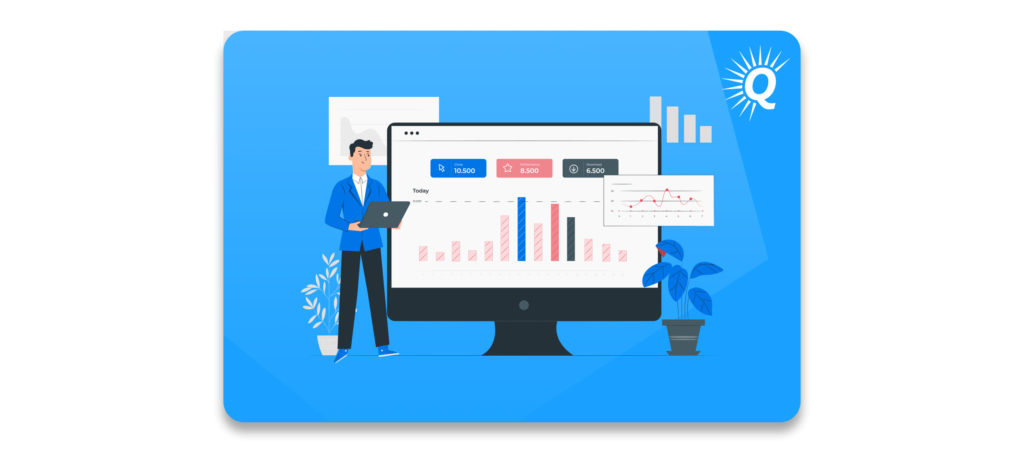

Shopping Cart Abandonment Rate
Your shopping cart abandonment rate is an ecommerce metric that reflects the percentage of shoppers who add a product to their shopping carts but fail to complete the purchase. Like all of the previously mentioned metrics, this one will greatly impact your sales and profitability.
It’s typical to have a certain level of shopping cart abandonment. In fact, most Ecommerce businesses have a 60-80% shopping cart abandonment rate, with the average hovering around 70%.
“To minimize your shopping cart abandonment, it’s important to make your checkout process as frictionless as possible.”
To a large extent, shopping cart abandonment is a natural result of most customers’ shopping tendencies. Often, customers add items to their shopping cart even when they’re not yet ready to buy. However, there are other reasons that Ecommerce shoppers abandon their carts that are more specific to your business, including:
- Unsatisfactory delivery date
- Extra shipping costs or fees
- Lengthy checkout process
- Requirement to create an account
- Technical website issues
- Unsatisfactory return policy
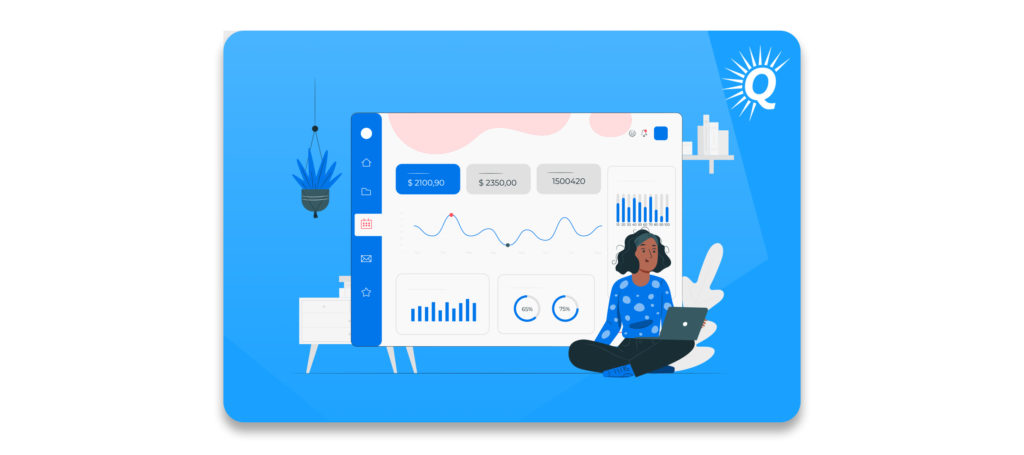

To minimize your shopping cart abandonment, it’s important to make your checkout process as frictionless as possible. By tracking your shopping cart abandonment rate, you can continually optimize your customer experience metrics, improve your customer retention rate and repeat customer rate, and reduce shopping cart abandonment.
Customer Lifetime Value
As the term suggests, customer lifetime value is the total value that a customer provides over the course of their relationship with your company. As an Ecommerce business owner, it’s important to constantly be optimizing in order to maximize your CLV.
A few ways to improve your CLV include:
- Content marketing
- Email marketing
- Retargeting campaigns
- Delivering exceptional customer service
- Launching complementary products
- Providing an excellent customer experience
To a large extent, your CLV reflects how strong your relationship is with your existing customer base. Not surprisingly, CLV is often closely correlated with your customer retention rate, net promoter score (NPC), and overall customer satisfaction and customer loyalty. By tracking your CLV, you can develop a clear understanding of your brand’s strength and earn more repeat customers. For SaaS businesses, CLV plays an important role when trying to forecast SaaS metrics and reduce churn rate.
A high CLV is also associated with having lots of happy customers.
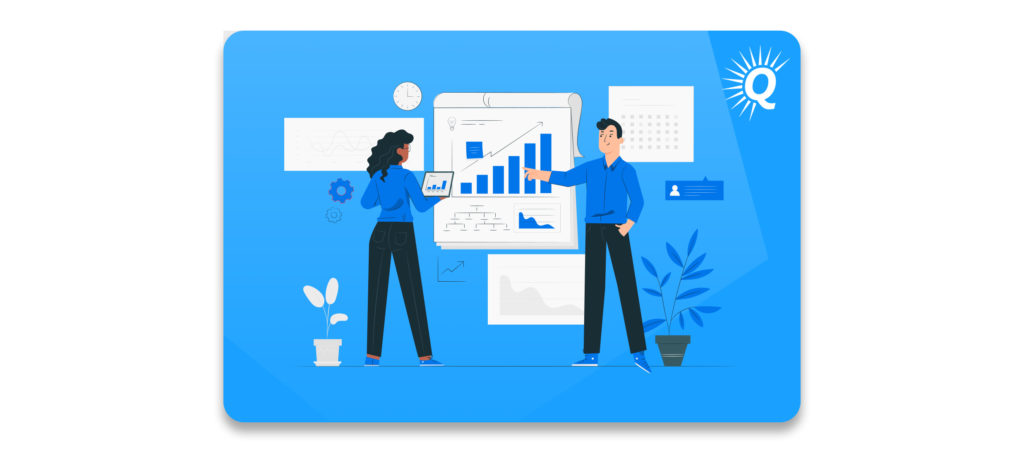

Profit Margin
As an Ecommerce business owner, your profit margin plays an important role in determining the health of your business.
If you have a low gross profit margin, your business is exposed to various risks. For example, let’s say you have a 5% margin and your cost of goods sold suddenly increases by 6%. In such a situation, your profit margin would disappear. The same risk applies to paid advertising.
“As an Ecommerce business owner, your profit margin plays an important role in determining the health of your business.”
On the other hand, if you have a strong margin, you can weather unforeseen increases in costs. If you have a 30% margin and your COGS increases by 6%, your business model won’t be seriously threatened.
Additionally, with a healthy margin, you can invest more heavily in customer acquisition. In many cases, a strong margin can mean the difference between flatline revenue or steady growth.
Growth Rate
For many entrepreneurs, growth is one of the primary goals. After all, your business’s size will significantly determine the income it generates and the value it offers.
To a large extent, your growth rate reflects the trajectory of your business. Although no single key Ecommerce metric can provide you with a complete picture of your business, your growth rate can certainly reveal a significant aspect of your business’s story. Therefore, every owner should always be tracking growth and optimizing accordingly.


Inventory Turnover Ratio
Your inventory turnover ratio is the rate at which you’re replacing inventory due to making sales. Generally, it’s calculated on an annual basis.
For example, if you’re replacing your inventory five times each year for a given SKU, then your inventory turnover ratio is five. In general, most Ecommerce business owners seek to have an inventory turnover ratio between four and six. However, it can certainly vary between industries.
How to Use Your Ecommerce Metrics to Improve Your Business
When you track your Ecommerce metrics, it becomes easier to make smart decisions that ultimately lead you to Ecommerce success. A few key ways in which tracking your KPIs can help you include:
- Product launch decisions
- Establishing budgets
- Advertising and listing optimization
- Inventory management
Product Launch Decisions
Your KPIs can provide you with helpful insights to inform product launch decisions. By looking at your existing products’ profit margins, conversion rates, and reorder rates, you can create more accurate predictions about which new products have the greatest chances of success.
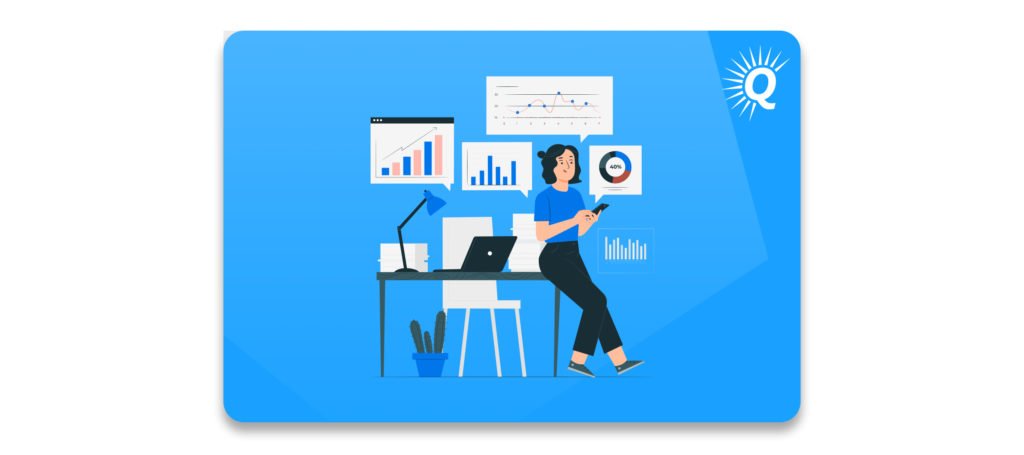

Establishing Budgets
High-value E-Commerce metrics such as average order value, customer lifetime value, and cost per acquisition can help you establish effective budgets. When you clearly understand your immediate and long-term ROI, you’re able to determine how much you can invest to acquire each new customer.
Advertising and Product Listing Optimization
Ecommerce metrics can be a powerful tool for advertising and product listing optimization.
Within advertising, you can use KPIs to determine which platforms and campaigns are delivering the best results. This allows you to constantly refine your targeting and messaging in order to reduce your CPA and maximize your CLV.
When you add email marketing metrics to your dashboard, you can further increase your CLV.
Managing Inventory and Cash Flow
When you track your inventory turnover ratio for each product, it’s easier to know when you should reorder inventory. Not only does that help you manage your cash flow more effectively, but it also helps you avoid stockouts.
By using KPIs to inform inventory purchases, you’re able to scale your business in a steady and sustainable way.


Best Practices for Collecting and Tracking Ecommerce Metrics
Once you decide which metrics warrant your attention, the next step is setting up a reliable tracking system. There are a few steps that can help you establish effective tracking practices:
- Choose your analytics platform(s)
- Create your strategic dashboards
- Establish an SOP for tracking your Ecommerce metrics
The first step is to pick your Ecommerce analytics platforms. For most Ecommerce business owners, the Google analytic platform plays a critical role in gathering key metrics.
For Shopify store owners, Shopfiy Analytics can provide added insights and reports that you can use to optimize your online store. Additionally, some owners like to use third-party analytics platforms to gather further insights.


Once you decided what platforms you want to use, spend some time creating your strategic dashboards. If you can view all of your KPIs and critical financial metrics in one place, it will be a lot easier to see what’s going on in your business at any given time.
Lastly, take some time to create a Standard Operating Procedure that establishes how (and when) your metrics should be evaluated. In most cases, it’s a good idea to establish a regular meeting (i.e. weekly) to review each metric and make any necessary adjustments.
When used effectively, your Ecommerce metrics can serve both as a measuring system and a powerful tool for continuous growth and improvement.
Thinking of Selling Your Business?
Get a free, individually-tailored valuation and business-readiness assessment. Sell when you're ready. Not a minute before.
About the author: Ian Drogin is an entrepreneur and writer with a passion for helping business owners succeed. He has built and sold an FBA business, written numerous top-ranking business articles, and held multiple roles within marketing and sales.
As Quiet Light’s Content Director, Ian is intently focused on providing the most useful, up-to-date information available about buying, building, and selling online businesses. When he’s not working, Ian enjoys surfing, sailing, backpacking, and traveling.





